From the oldest continuously used castle in England to a restaurant founded in 803 AD in Austria, here are five destinations with a rich history still operating today.
Europe has been a hub of culture and commerce for centuries, and so it comes as no surprise that the continent is brimming with heritage sites boasting vibrant, storied pasts. But just how old are we talking about? Well, some date back thousands of years, if you’ll believe it—and even more impressive, these institutions are still operating today and are very much open to the public.
It’s an exhilarating experience to immerse yourself in a part of the past that’s still alive today, as you get to be a part of a long tradition that’s emblematic of a place’s culture and history. So if you’re planning your next trip to any of these countries in Europe, consider checking out the following places—while they’re incredibly old, you’re sure to leave having learned something new.
READ ALSO: State Of The Arts: 5 Vienna Sites For Culture Lovers
The Fuggerei (Augsburg, Germany)
A set of charming red roof houses in the German city of Augsburg, The Fuggerei is the oldest existing social housing complex in the world. Its official website actually describes it as a “city within a city,” one containing 67 buildings and 142 residences as well as a church.
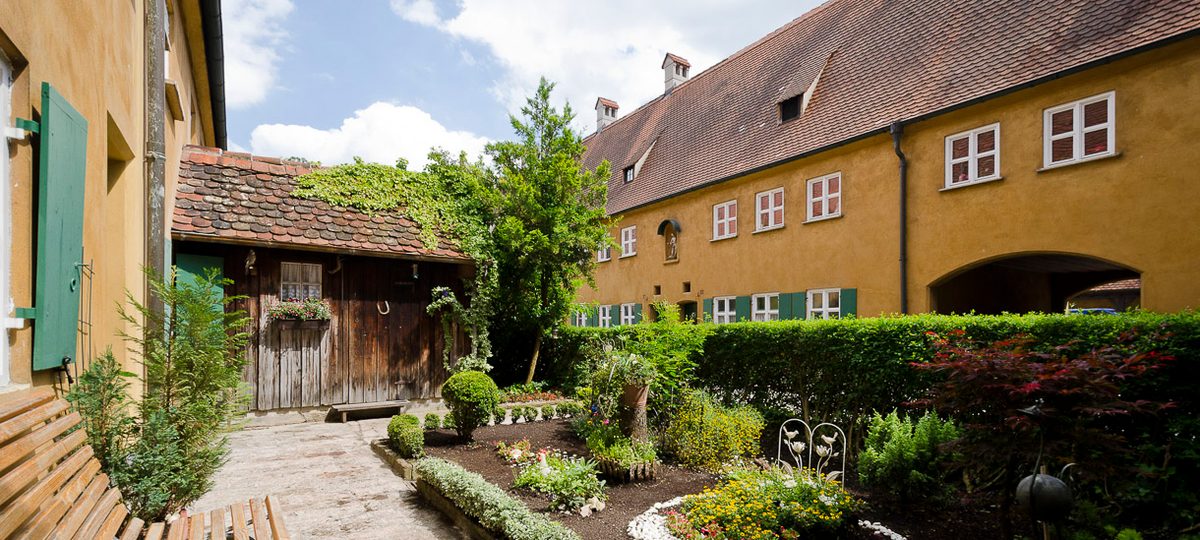
The enclave was founded by Jakob Fugger in 1521, named after him and his brothers. At the time, it was mainly families that resided in the houses, composed of professionals like craftsmen and day laborers. The housing complex has since been through a number of changes, and once contained a school for educating Catholic children and a bunker during World War II.
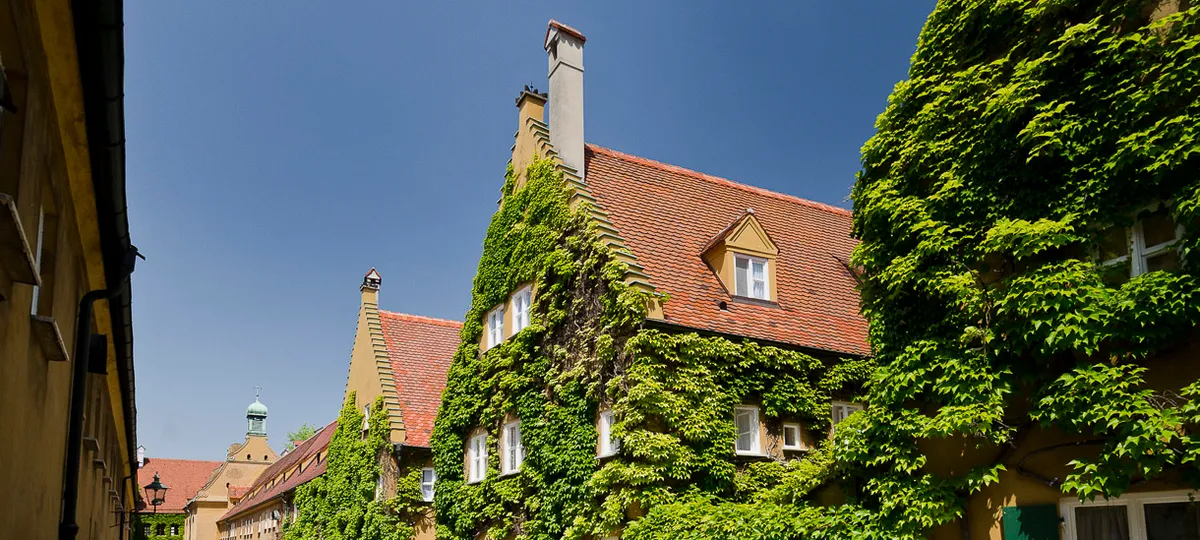
Perhaps the most notable aspect of the housing complex is the fact that it has retained the same rules since its inception. It only houses needy Catholic Augsburg citizens, and requires residents to pay a €0.88 base rent (the very same amount charged since 1521) with three daily prayers. While visitors can’t stay in the housing complex unless they fit these prerequisites, The Fuggerei has a museum, display residence, and World War II bunker that the public can visit by paying an entrance fee.
Stohrer (Paris, France)
Stohrer is one of the most storied patisseries out there, and has been listed as a historical institution. It stands as the oldest of its kind in Paris, having been established in 1730 by none other than the pastry chef of King Louis XV, Nicolas Stohrer. The shop is still in its original location in rue Montorgueil, featuring opulent interiors designed by a pupil of Paul Baudry, the famous painter who designed the foyer of the Opéra Garnier. Like any good patisserie, everything is prepared in-house, resulting in a delightful spread of quintessentially French delicacies.

Stohrer was actually the mind behind many of the country’s beloved pastries, including the rum babas (a brioche doused in rum); the Chiboust cream tart; and the puits d’amour (a French pastry stuffed with vanilla cream). So in biting into these lovely creations, one not only enjoys a sweet treat, but does so knowing they’re in their best form, as the creator intended.

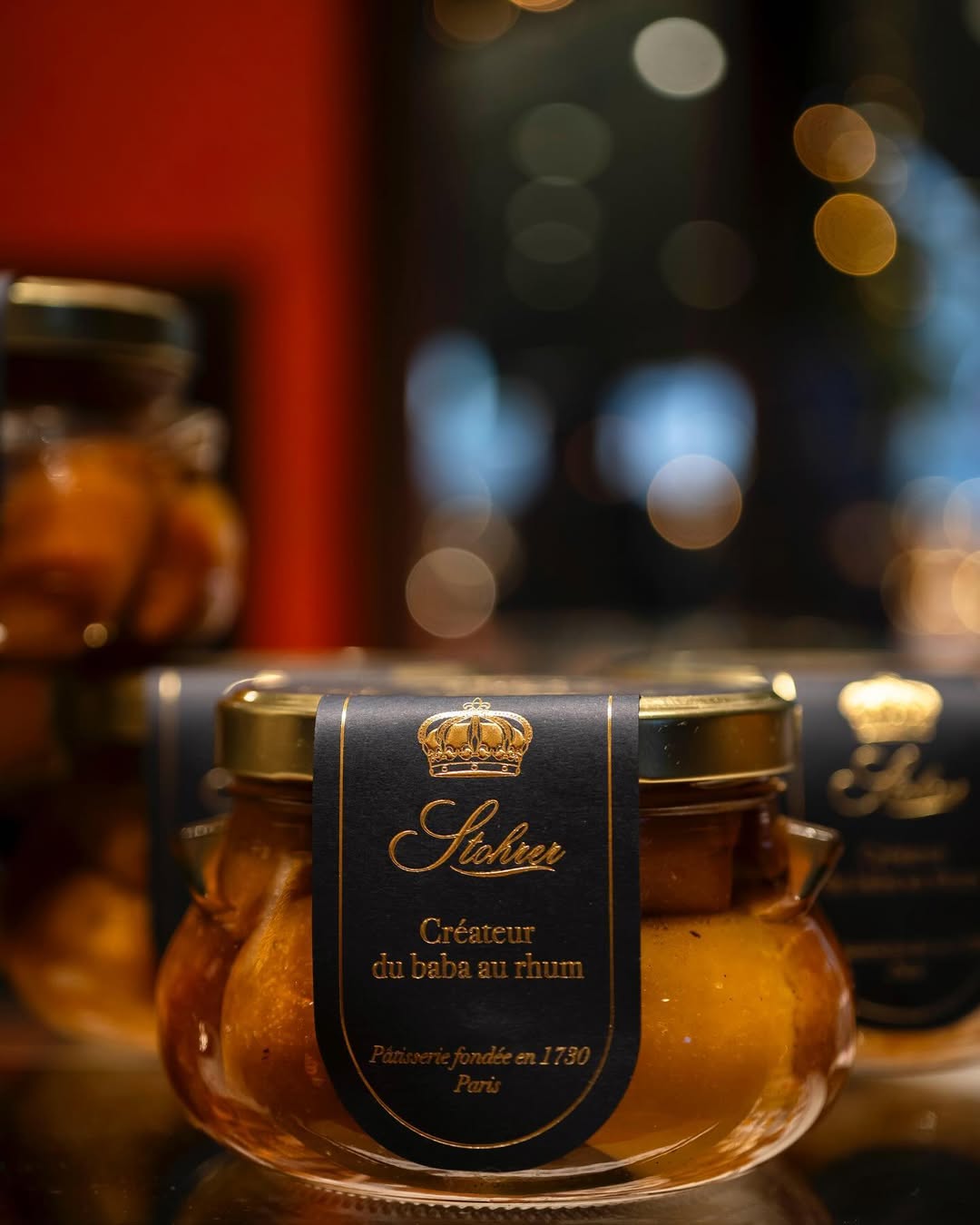
Windsor Castle (Windsor, England)
Windsor Castle in its nameplace town of England is the oldest and largest inhabited castle in the world. While some similar structures can boast a longer history, Windsor is a living heritage site, still being continually used by members of the royal family (including Princess Kate Middleton, who recovered from her battle with cancer in the castle’s grounds).
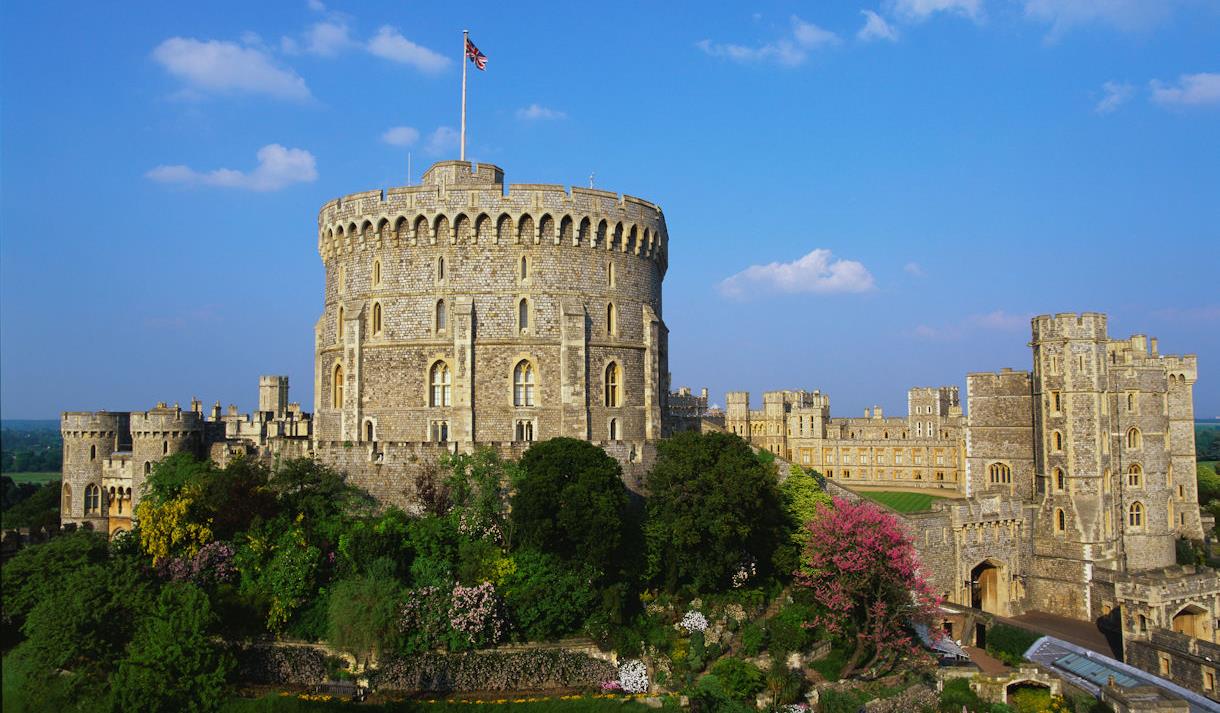
It was William the Conqueror who built the structure in 1070, though he initially used it as a defensive base, rather than a personal abode. It wasn’t until Henry I’s reign that the castle transformed into a place of residence, and since then, it has housed 40 of Britain’s monarchs, bearing witness to the country’s transformation for centuries. While the royal family uses the property frequently, the public is welcome to explore it through guided tours, which include the famous Changing the Guard—with two groups of royal guards taking over each other’s shifts in a ceremony that’s been carried out since 1660.
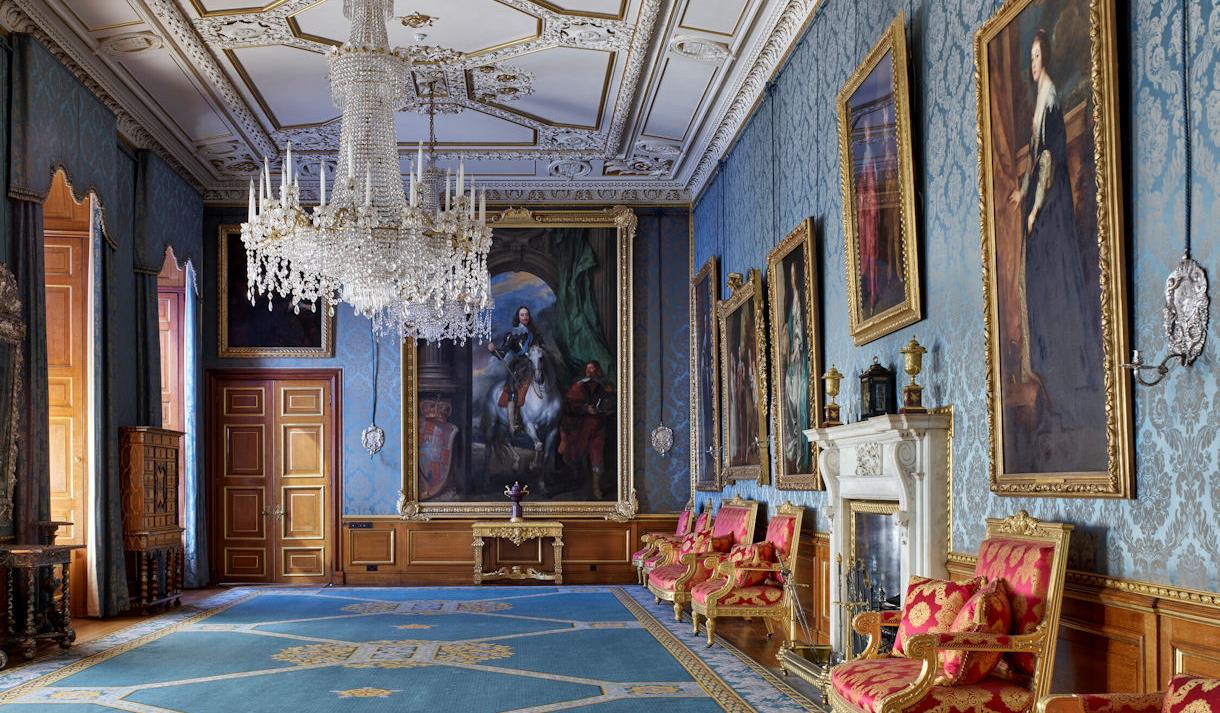
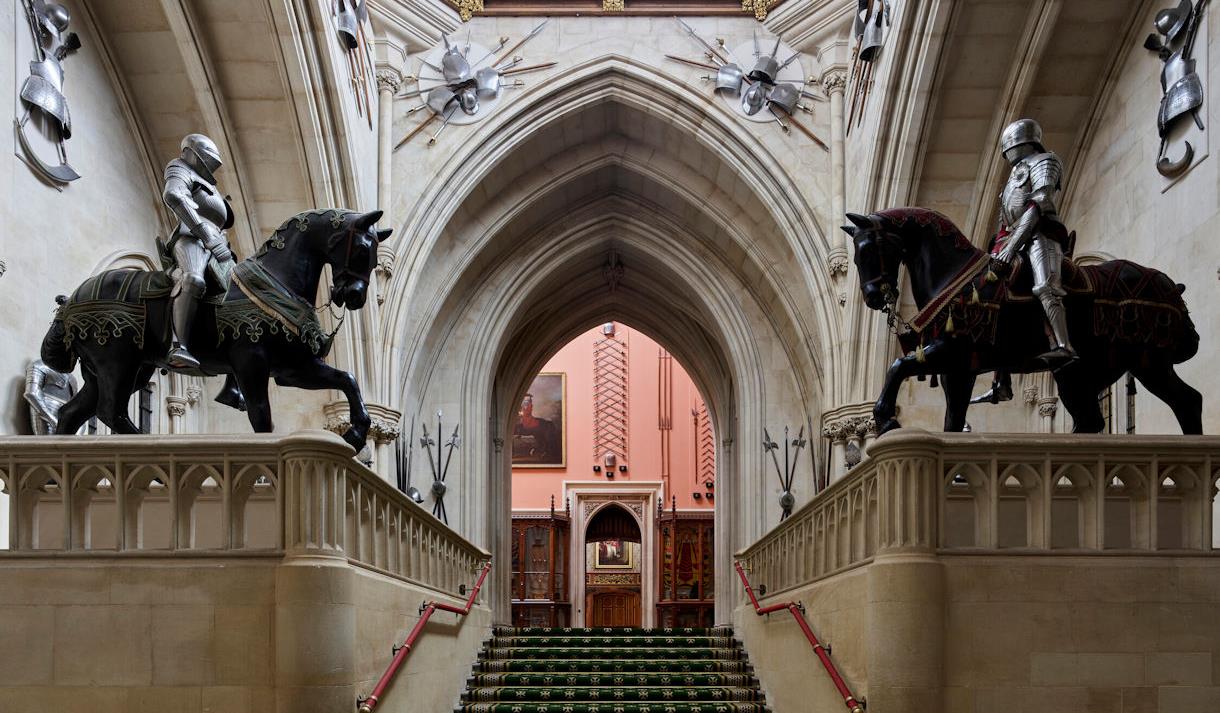

Sean’s Bar (Athlone, Ireland)
You might’ve seen scenes of watering holes in medieval period films and TV shows, but these institutions still exist today—even better, people continue to unwind within their walls. The most notable one is Sean’s Bar, situated in Ireland’s town of Athlone in Westmeath county. Pubs are inextricably linked to everyday life in the country, and the historic watering hole has been a place of leisure and revelry since it was first established in around 900 AD by a man named Luain Mac Luighdeach.
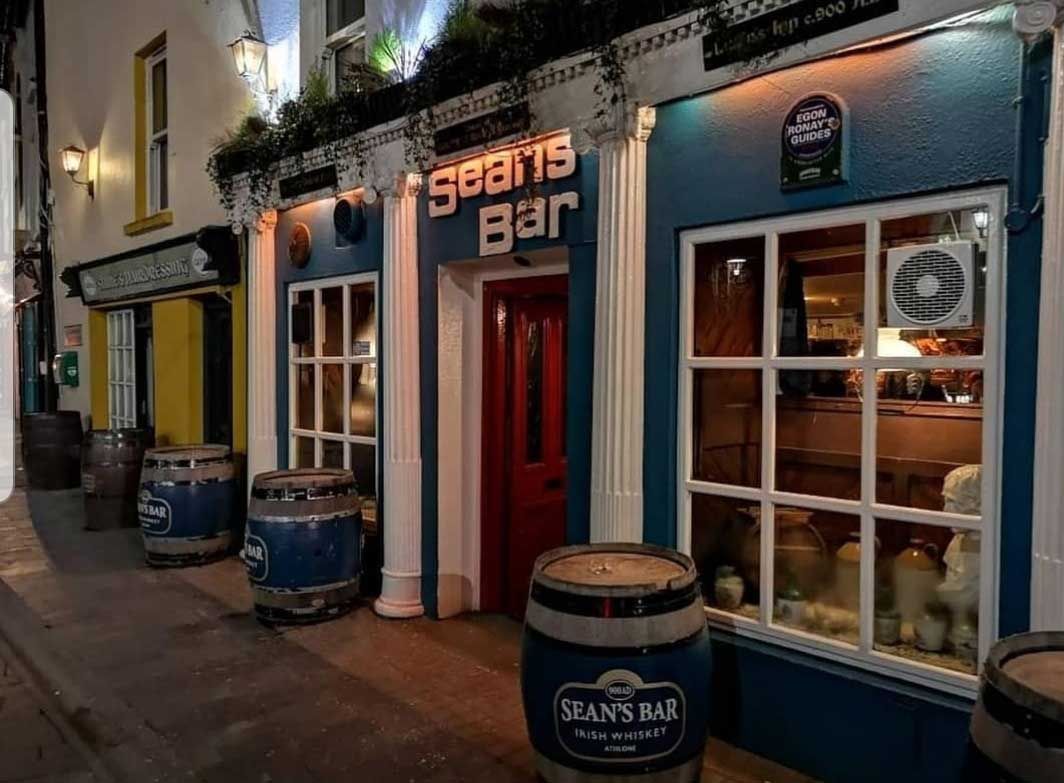
Luighdeach set up the establishment to be closer to those venturing through the rapid torrents of the river Shannon nearby. He became so renowned that the settlement that formed in the crossing area was named “Áth Luain” (“Ford of Luain”), before becoming the town of Athlone. The bar was renovated in 1970, with builders finding its original “wattle and wicker” walls, as well as old coins, that date back to the ninth century. An older, virtually untouched section of the pub remains for curious visitors. Today, Sean’s Bar holds the title of oldest bar in Ireland according to the Guinness Book of Records—and so far, no bar in the world has matched its age, which makes it truly unique.
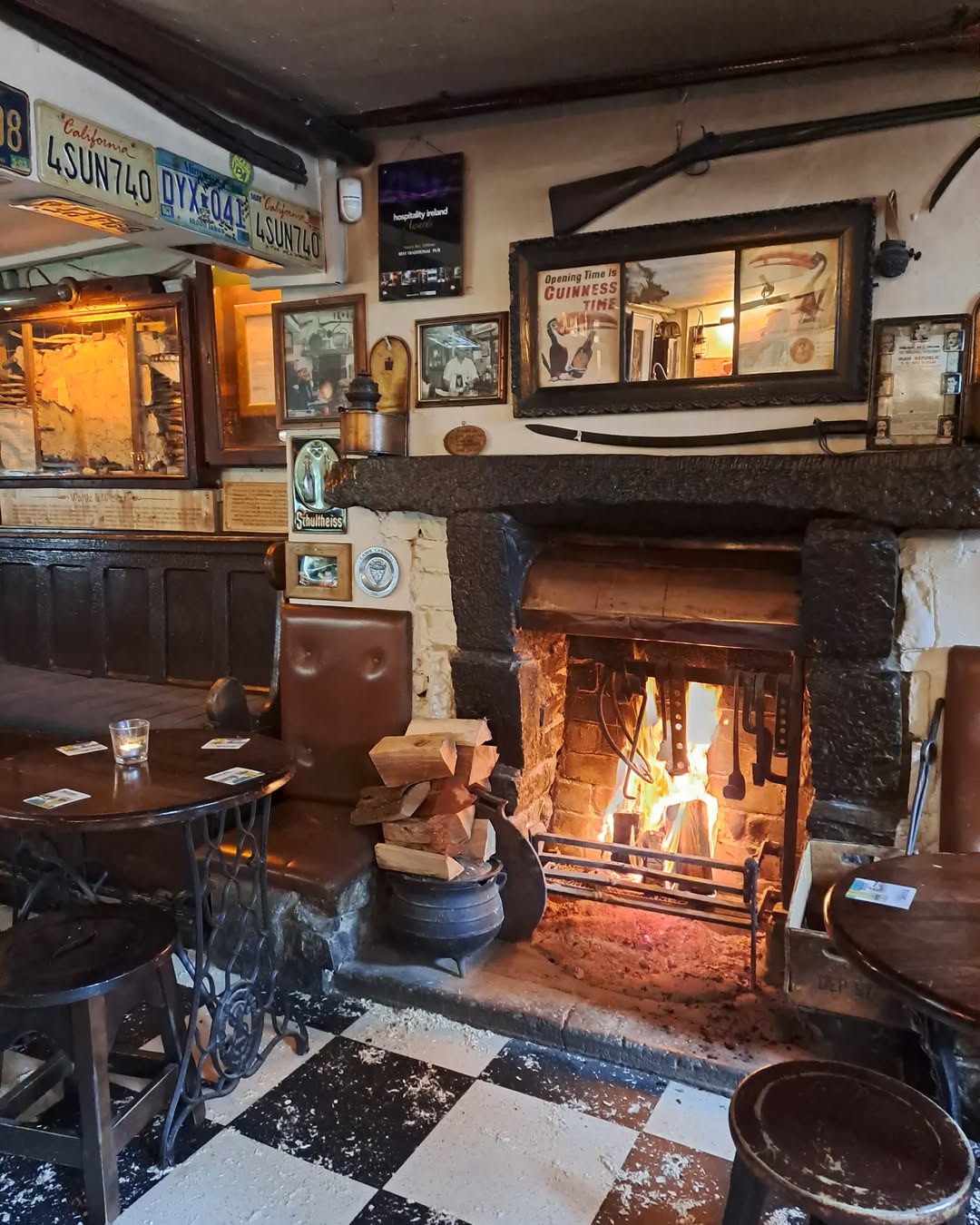
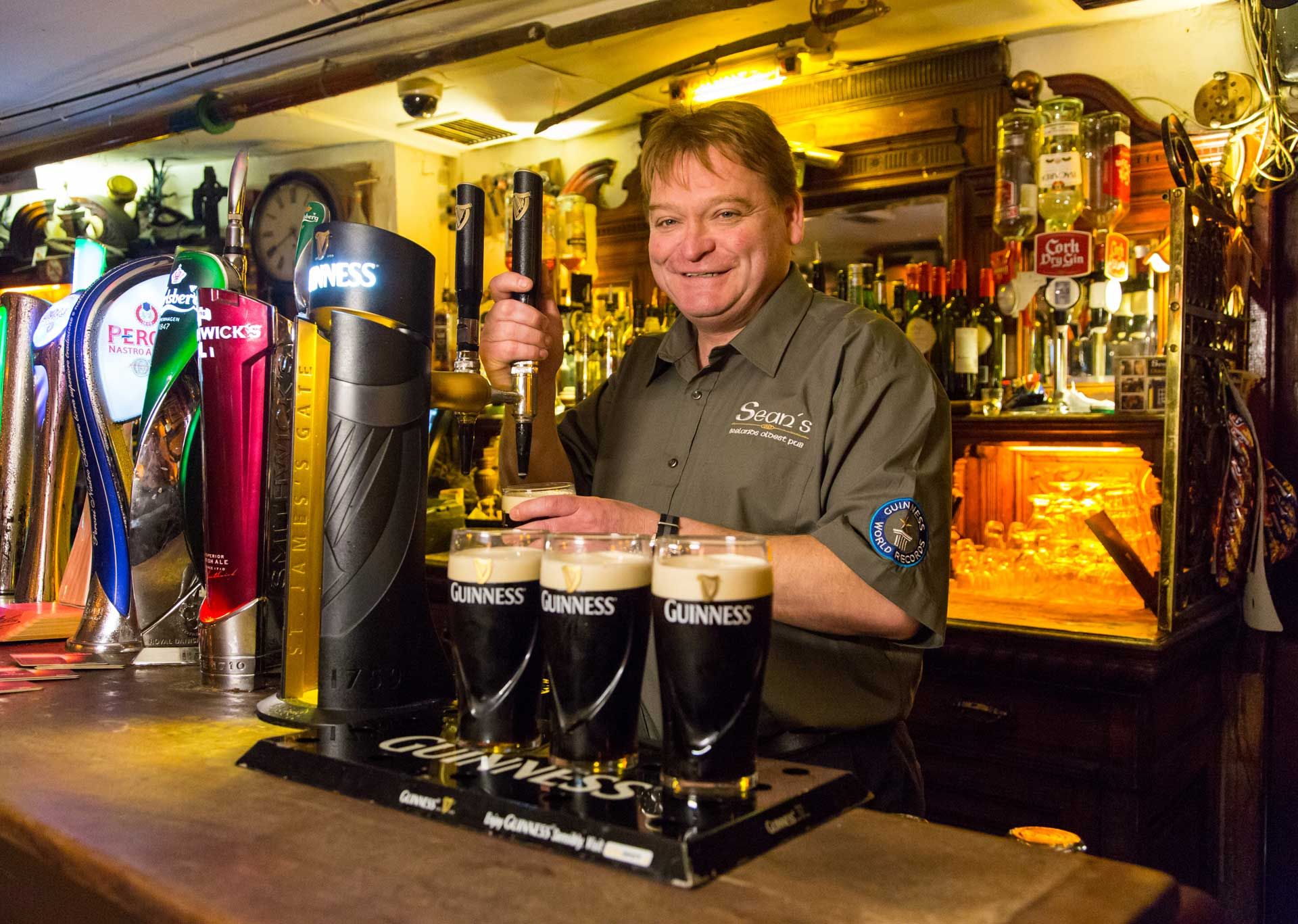
St. Peter Stifts Kulinarium (Salzburg, Austria)
St. Peter Stifts Kulinarium is yet another establishment that has broken records, this time as the oldest restaurant in Europe. It predates Sean’s Bar, having served customers for 1,200 years. Established in 803 AD, it was a restaurant with an “abbey cellar” first mentioned by Alcuin of York, a courtier of King Charlemagne. In 1300, the restaurant made its first appearance in literature through the work of 14th century poet and composer known as “The Monk of Salzburg.”
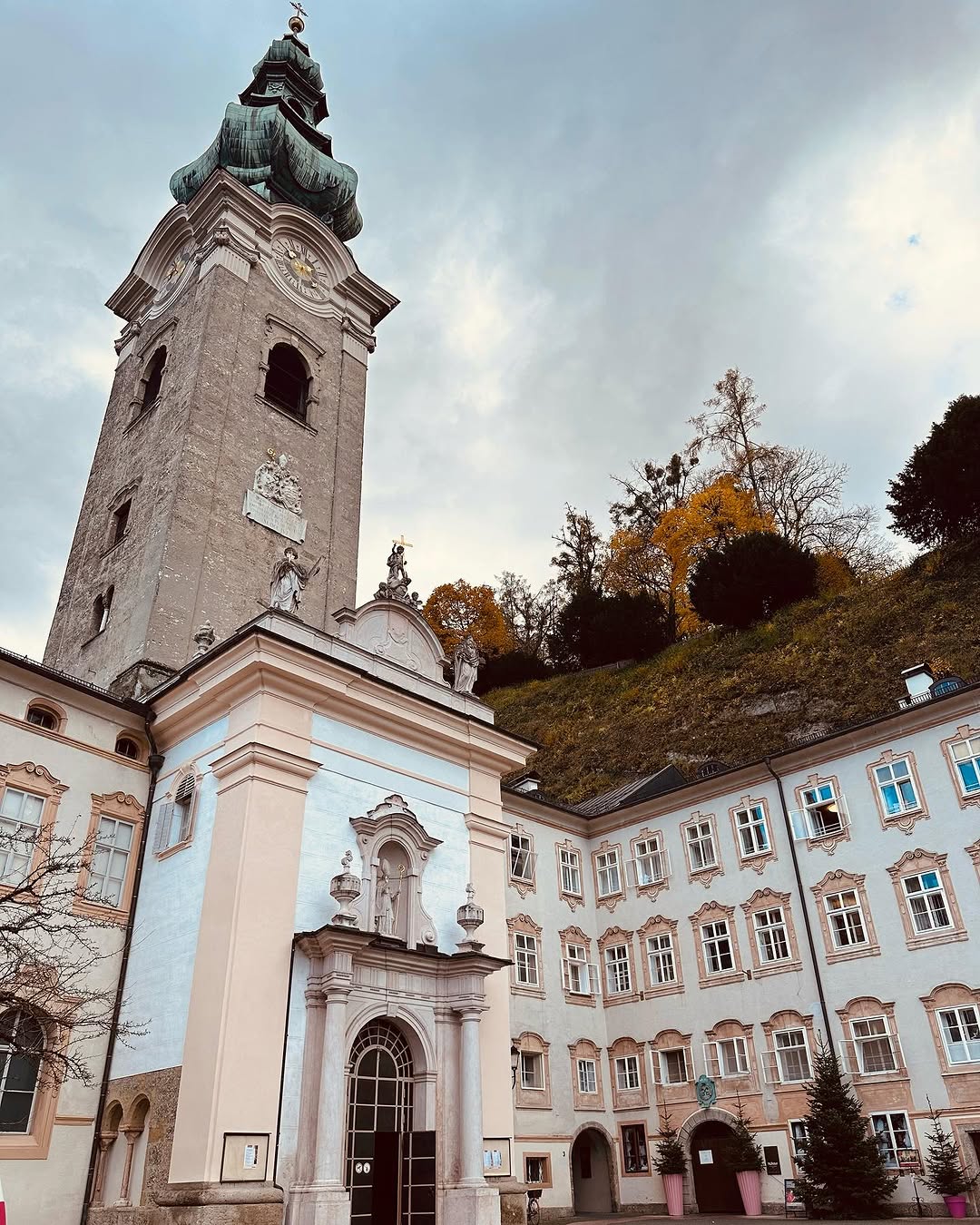
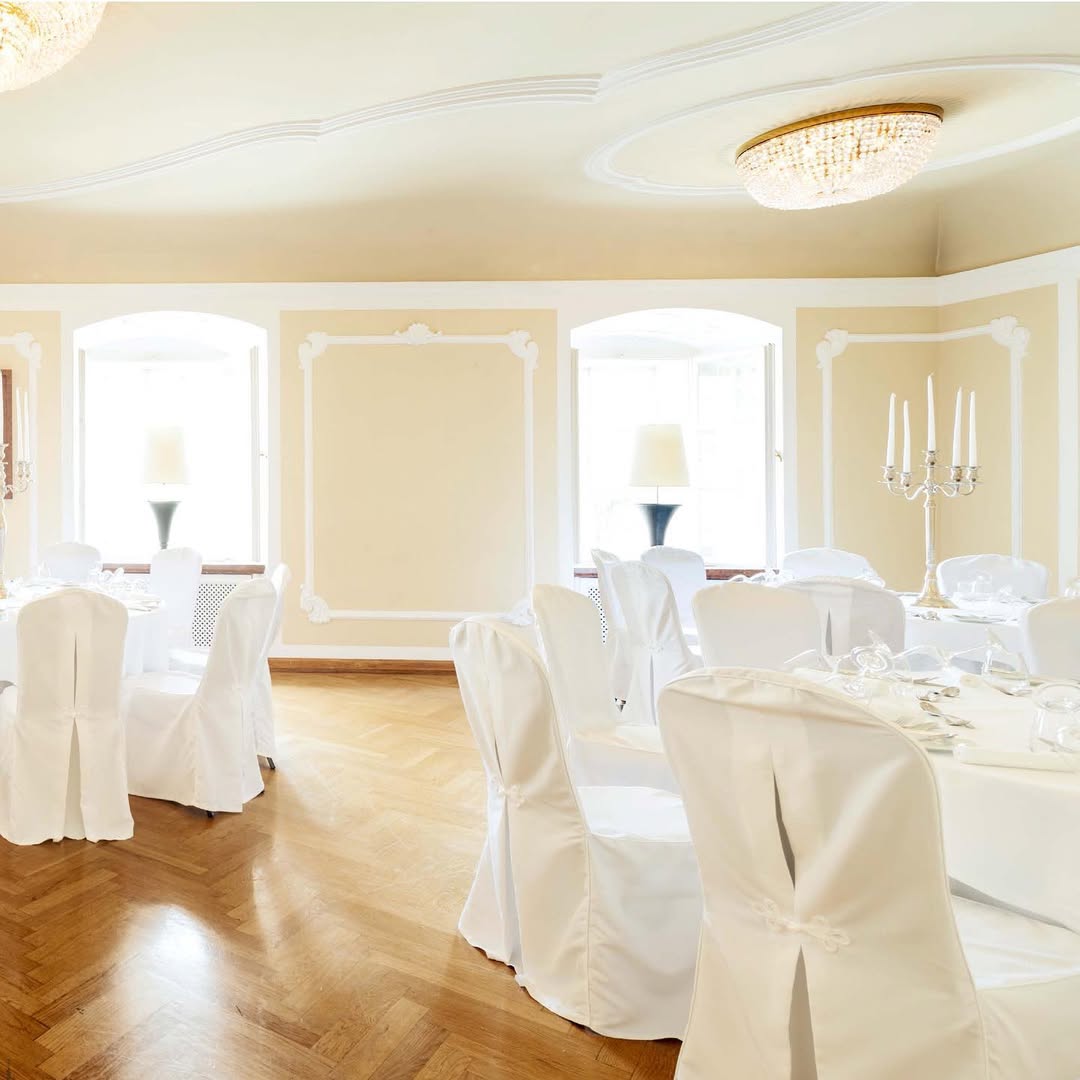
Then in the 11th century, when wine became a center of trade, St. Peter was transformed into a wine tavern, then later an inn or hotel. The restaurant’s long history is cloaked in myths, as its clientele reportedly included the likes of Christopher Columbus, Johann Georg Faust, and Wolfgang Amadeus Mozart, besides its usual roster of nobles, clergy, and middle class citizens.


At present, St. Peter continues to take pride in its storied past while remaining relevant today, serving both traditional Austrian fare and more modern takes on the country’s cuisine. They even hold grand feasts celebrating significant cultural figures, such as their famous Mozart Concert & Dinner.
Banner photo from the Windsor Castle website.





